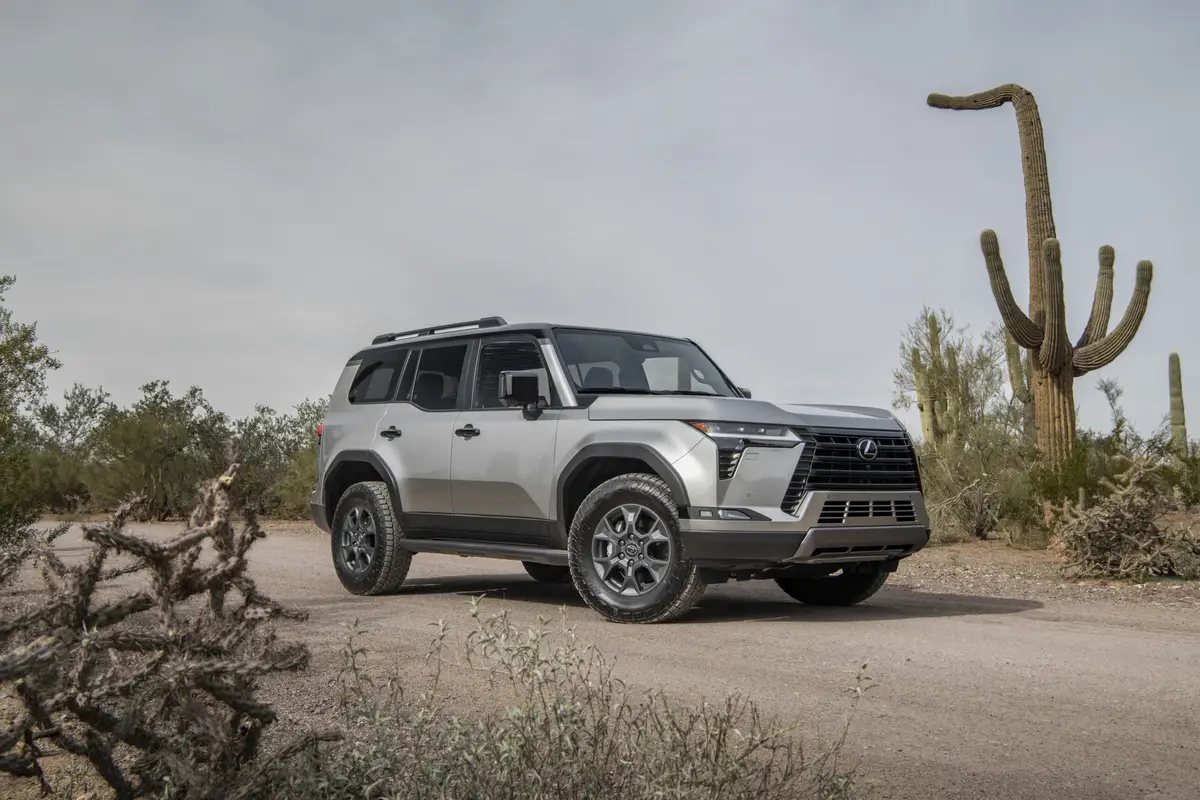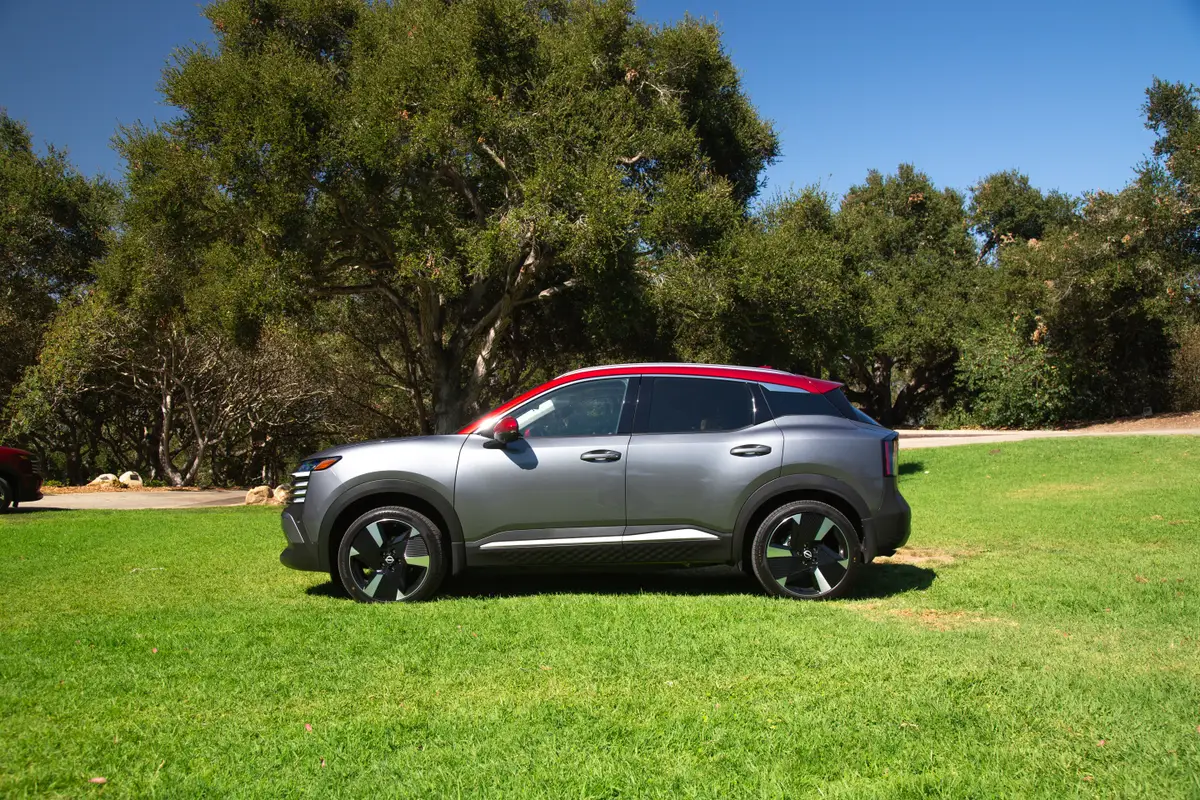washingtonpost.com's view
Leadership inherently is at odds with the notion of “good enough.” Leadership believes it can do better. It works to become the best. “Good enough” makes peace with mediocrity and settles comfortably into oblivion, which is where General Motors has been for the past two decades in the small-car segment of the U.S. automobile market.
The company made passable small cars — the Chevrolet Cavalier, Chevrolet Cobalt, Chevrolet Aveo. Those models had four wheels, engines and steering wheels — and better fuel economy than GM’s trucks. They met federal crash-safety standards. They worked.
But GM’s little rides competed in a field of small cars made by companies that took small cars seriously: Honda, Toyota, Nissan, Hyundai, Kia. Those companies have always understood the power and value of “face” — giving respect by giving the best to those who could afford the least, giving them little cars they could be proud of, even love. They kicked GM’s small-car tail.
Now, there is solid evidence that GM is fighting back. It is the 2011 Chevrolet Cruze, arguably the first small Chevy in 20 years that GM designed to be better than the competition. It has better fuel economy than its rivals, better utility than most of them, and it is put together as well as all of them. It looks much richer than its base purchase price, which means it does an excellent job of saving face.
The Cruze is a compact, front-wheel-drive family car of which there are four iterations: base LS, midgrade 1LT and 2LT and top-grade LTZ. The LS is distinguished from its siblings with a normally aspirated (no forced air) 1.8-liter, inline four-cylinder engine (136 horsepower, 123 foot-pounds of torque).
The rest of the Cruze line is equipped with a turbocharged (forced air) 1.4-liter, inline four-cylinder engine (138 horsepower, 148 foot-pounds of torque).
An aside: Internal combustion engines require air and fuel to work. Generally, the more air and fuel an engine can handle, the more work it can do. But larger-volume engines, which can swallow more air and fuel, generally have poor fuel economy. Turbocharging, using exhaust-driven impellers to draw more fresh air into engine combustion chambers, is one way to increase power in smaller engines without an appreciable rise in fuel consumption.
I spent most of my time in the turbocharged 1.4-liter LTZ, equipped with a six-speed automatic transmission that also could be operated manually. What first caught my attention was the quality of the interior.
GM worked on and thought about the Cruze’s interior, which is unusual for the automaker in the matter of small-car cabins. Fit and finish were excellent. Most materials, except a few plastic cover pieces at window corners, were first class. A rust-and-black color scheme, with leather and simulated alloy trim on the dash and optional leather-covered seats, added to the cabin’s attractiveness.
Such touches increase the appeal of small cars and the willingness of consumers to buy them. But road performance is the grabber, and the Cruze LS and LTZ do a good job, albeit the LTZ model does it better.
There is none of the performance anemia in the Cruze often found in the Cavalier and Cobalt (excluding the quite likable Cobalt SS model). The 1.8-liter and 1.4-liter four-cylinder engines performed smoothly. The LTZ’s turbocharged 1.4-liter engine brought smiles to my face.
I ended my day-long run in the Cruze cars confident that I was right to continue believing in GM’s people when it seemed everyone else had turned against them. They have the right stuff. They simply needed corporate leaders to pull it out of them.
They had those leaders with former GM chairman G. Richard Wagoner and product czar Robert Lutz, under whose guidance the Cruze was developed. But theirs was tough luck. After rising through the old GM’s bureaucratic muck to get to a place where they could make a difference in the company’s products, Wagoner and Lutz became the political victims of a strained national economy.
Here’s hoping that their administrative replacements understand the difference between mediocrity and leadership. For assistance, they need look no further than the metal and rubber examples already before them. Mediocrity is what begot the Cavalier. Leadership is what gave us the Cruze.
Brown is a special correspondent.
Latest news



